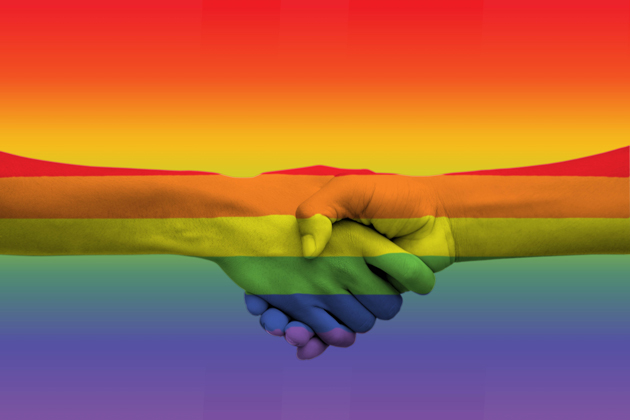This week, South Korea enacted new legislation addressing “gapjil,” or bosses using their power to bully their employees. The measure criminalizes the practice of unfairly demoting or dismissing employees who have reported being subjected to bullying, imposing a three-year prison sentence or a 30 million won (approximately ,400) fine for the practice.
Workplace harassment is common in the country, with two-thirds of workers experiencing harassment and 80% witnessing it, according to a recent government study.
South Korean advocacy groups like Gapjil 119, which operates a hotline for victims of abuse, have tried to fight against workplace abuses by cataloging and publicizing cases that range from employers forcing workers to pluck their grey hairs to serious violence and degradation. Several recent high-profile incidents have sparked a national debate over this conduct, including in late 2018, when videos emerged of Korea Future Technology CEO Yang Jin-ho and Marker Group CEO Song Myung-bin physically assaulting their staff members. Yang has been indicted, and Song is facing legal charges.
Experts say that South Korea’s culture of “chaebols,” or family-run conglomerates, has also enabled abuses because these companies lack external restraints on their executives’ behavior. Korean Air dynasty matriarch Lee Myung-hee was indicted in February for routinely physically and verbally abusing her staff, and Lee’s daughter, Heather Cho made headlines in December when she attacked two flight attendants for serving her macadamia nuts in a bag instead of a bowl, and demanded that the plane return to the gate. Cho was ordered to pay 20 million won (,000) to the flight attendants and served five months of a one-year prison sentence for violating aviation law.
buy symbicort generic symbicort without prescription online
These and other incidents at the company even prompted a mass demonstration of Korean Air employees and the formation of an employee union.
Other countries are also attempting to address workplace bullying of this kind, similarly spurred by high-profile cases of abuse. This month in France, former France Télécom executives stood trial for overseeing an environment of workplace abuses that allegedly led to at least 35 employees committing suicide between 2008 and 2009. The company reportedly sought to downsize 22,000 workers, but could not fire them because they were state employees, so instead systematically harassed them to drive them out. Examples of this harassment included forcing employees to relocate multiple times away from their families or drastically changing their jobs. The case is awaiting judgment, but the company faces a possible fine of €75,000 (about $84,000) and the executives could serve a year in jail and have to pay additional fines themselves.
Additionally, Japan is attempting to address workplace “pawa hara” (or power harassment) as reports of workplace bullying and abuses have reached record numbers for multiple years in a row, according to the country’s Workplace Harassment Research Institute. The measures are partially in response to a government worker released an audio file of his boss, lawmaker Mayuko Toyota, insulting him and hitting him in the face and on the head. Toyota later resigned her post, and according to Kyodo News, was hospitalized for “her unstable mental condition.”
Japan’s parliament voted in May 2019 to revise five existing laws and require companies to put mechanisms in place to prevent workplace abuses. The revisions also protect pregnant women and women who have recently returned from pregnancy leave from discrimination.
Similar to South Korea’s new law, Japan’s new law would bar employers from firing or discriminating against employees who report harassment, and require consultation when employees make reports of abuses. However, unlike South Korea’s law, these revisions do not outline any punitive measures for companies and their executives if they violate the requirements.
buy orlistat generic orlistat without prescription online
The government reportedly decided against fully banning “pawa hara” because lawmakers had difficulty defining which actions qualified as harassment.

